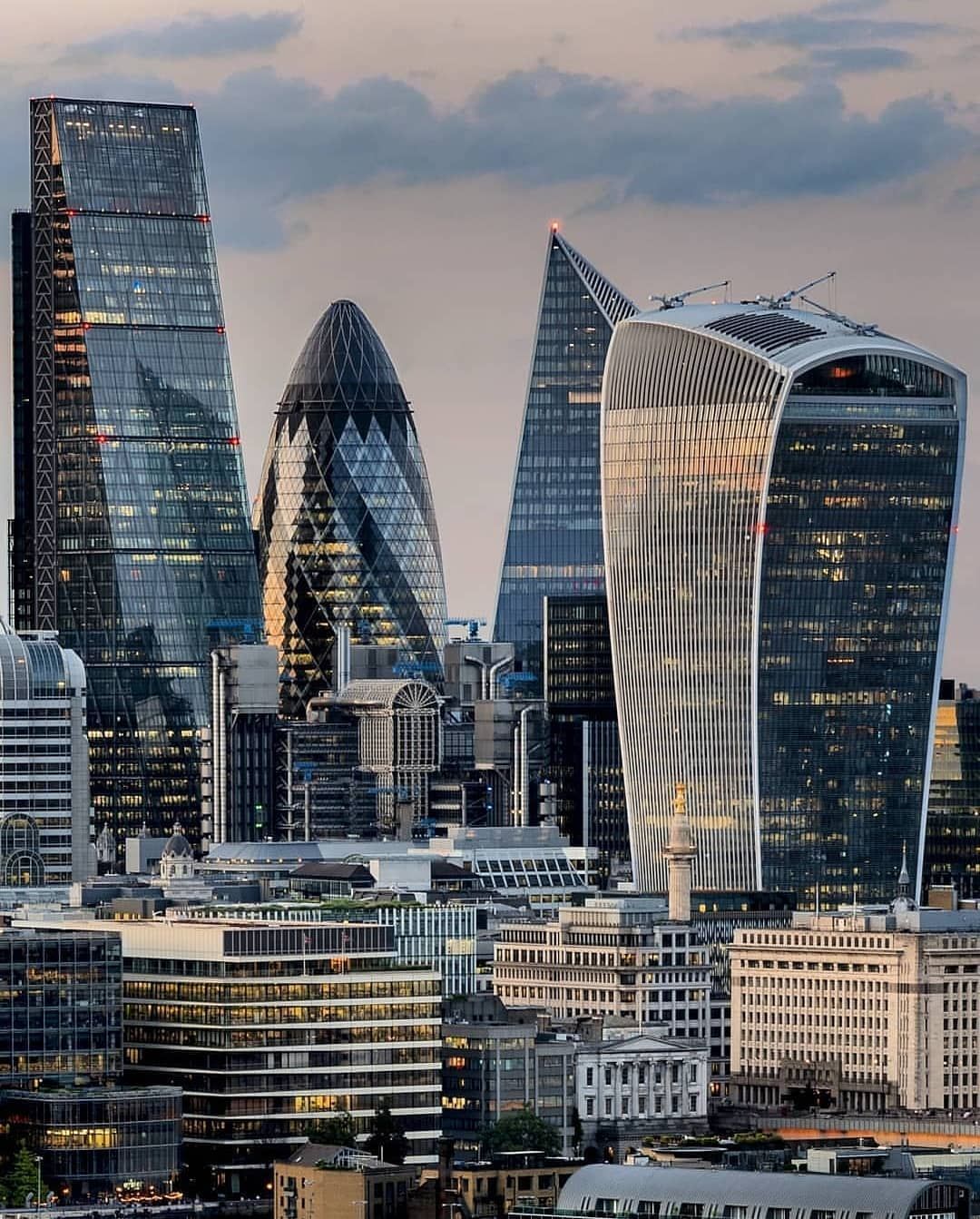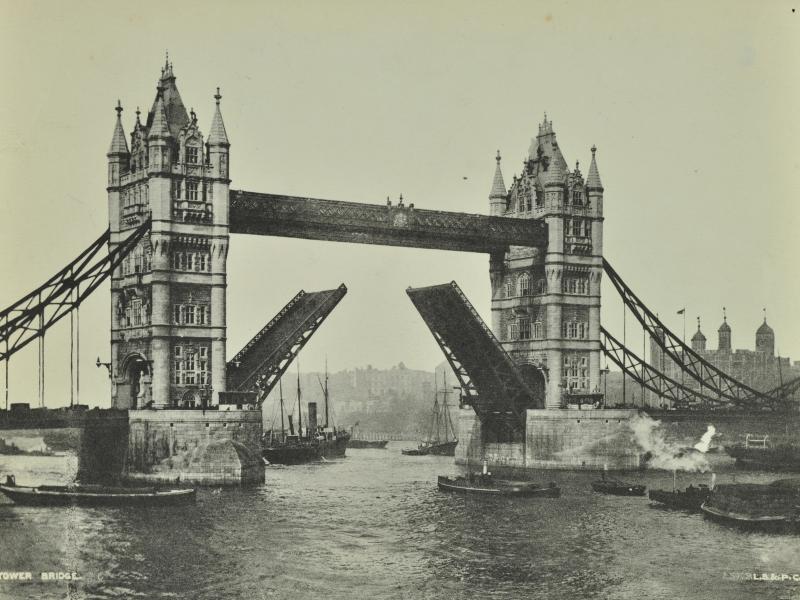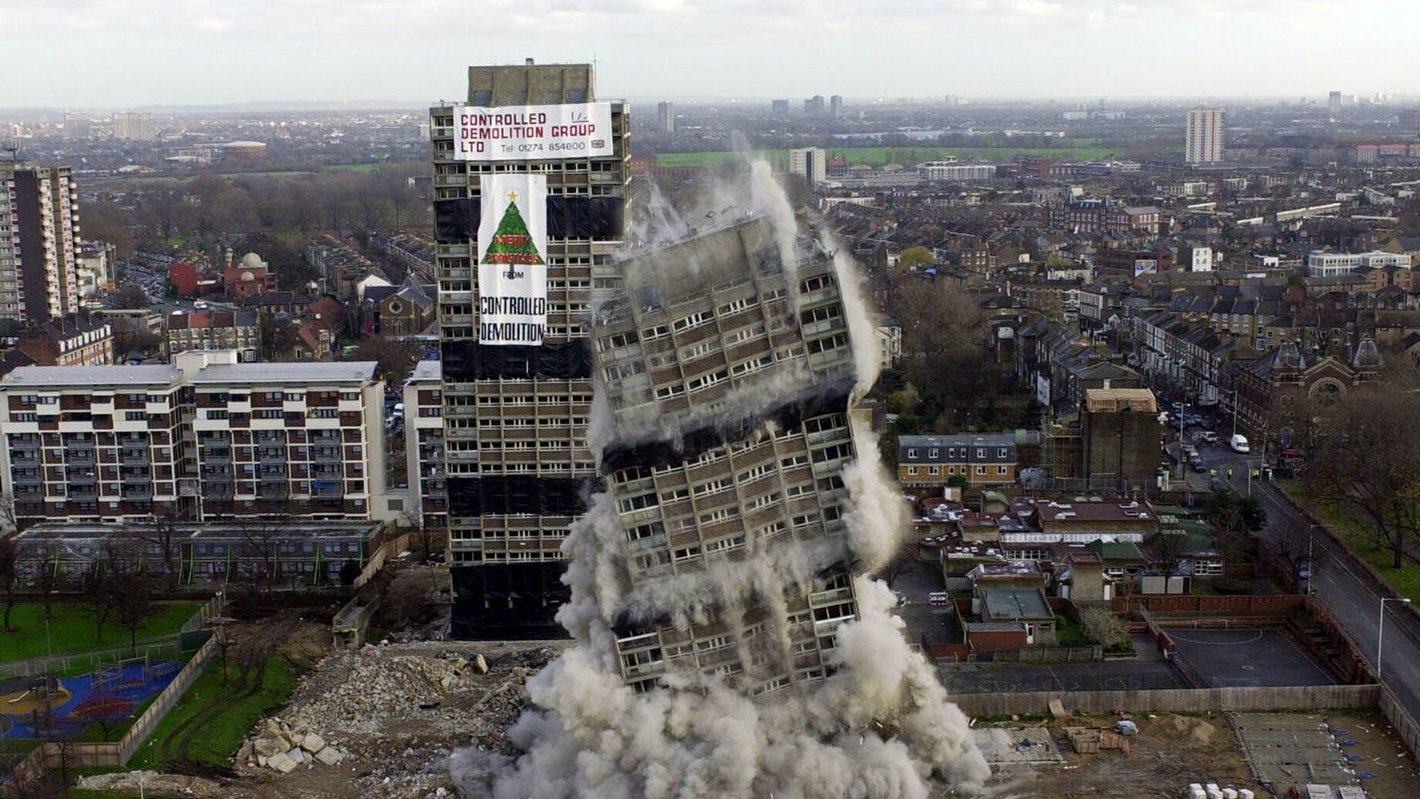There's a few ways of looking at this.
The first is that London is simply doing what it has always done - changing with the times.
Few cities are as architecturally diverse. On any given street there's Gothic, Neo-Gothic, Georgian, Neoclassical, Art Deco, Brutalist...

Many of its new skyscrapers are in the slightly wacky "Postmodern" style.
The Gherkin, the Walkie Talkie, the Shard... perhaps they're in keeping with how London has always grown, adding to its altogether unique architectural tapestry.

And, besides, many of London's most famous landmarks weren't welcome at first.
Of Tower Bridge critics in the 1890s said "it represents the vice of tawdriness and pretentiousness."
Perhaps these Postmodern skyscrapers will, one day, become similarly iconic.

Put simply, London doesn't have the architectural homogeneity of many other cities.
Paris was rebuilt in the 19th century and Barcelona, too, underwent a similar top-down reconstruction and replanning. Both cities have had their skylines (largely) preserved.

So London now has the second-most skyscrapers (150+ metres tall) of any city in Europe - only Moscow has more.
Canary Wharf was an old and obsolete docks. Why shouldn't it be transformed into a financial hub if it keeps the city prosperous? That's one view, anyway...

And many of London's highrises are residential towers rather than offices - so perhaps they're addressing the housing shortage?
In which case that's exactly what the 19th century Victorian slums and 20th century tower blocks were also once for.

And so presumably architectural style or a skyline is less important than the provision of affordable housing.
Maybe. But most of them, hurriedly and poorly built, aren't likely to last any longer than the Victorian or 20th century housing stock they're replacing.


And that isn't what's happening, anyway.
These huge residential towers that dominate London's modern skyline are incredibly expensive to live in - the cheapest apartments cost well in excess of £1 million.
And yet many of them (and offices, too) are actually empty...

Which raises the question of who is actually building them and who they're being built for.
Well, they're basically investments. What better way to secure wealth than building a huge tower in the middle of a global capital?
To give but one example, Qatar owns 95% of the Shard.

The planning process for these towers is also rather murky; they just keep appearing.
The current and previous Mayors of London have both claimed to oppose tall buildings, but at least 600 20+ storey buildings are planned over the next decade in London.


Proposals usually have some sort of paltry public benefit, such as a "unique" viewing platform or swimming pool, which either fail to materalise or are expensive to use.
Construction means employment, of course, but who is really benefitting from London's forest of cranes?

The Boomerang has 50 storeys of 274 luxury apartments.
And rather than providing affordable housing the developers simply paid the local council £30 million. It's not clear what happened - when the council was asked to explain, it released redacted files.


Ultimately, London's highrise boom raises the question of who actually owns a city.
Is it the public? Is it local residents? Is it investors? Is it people who need affordable housing? Is it the council, mayor, or government? Is it future generations?


